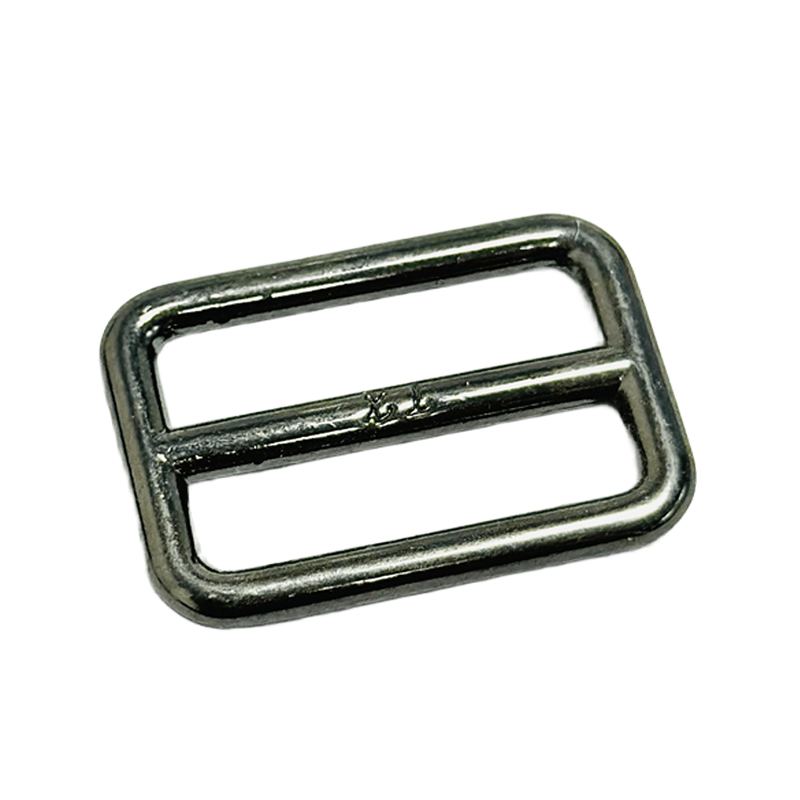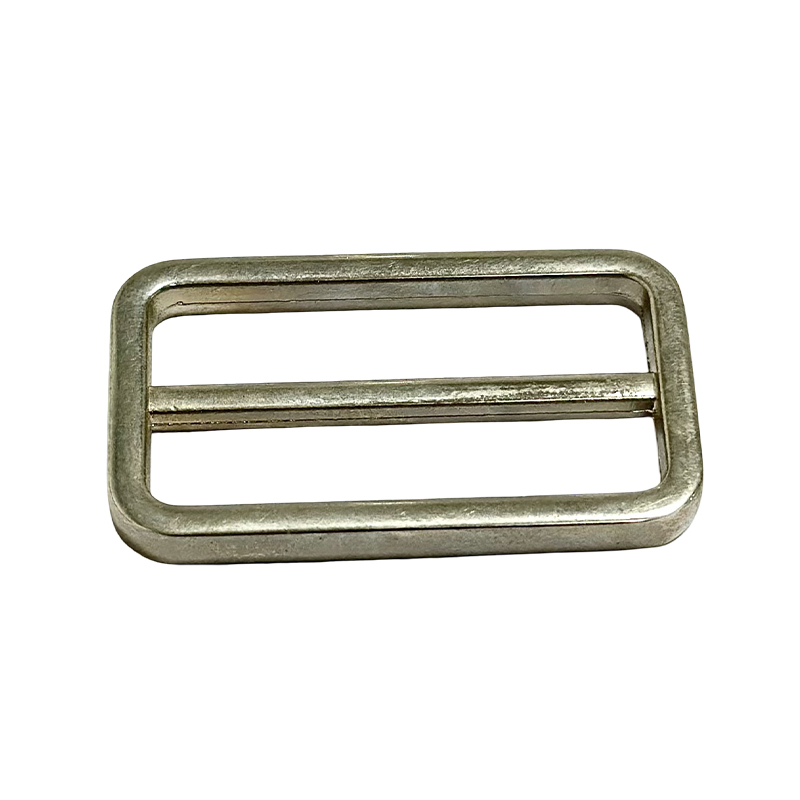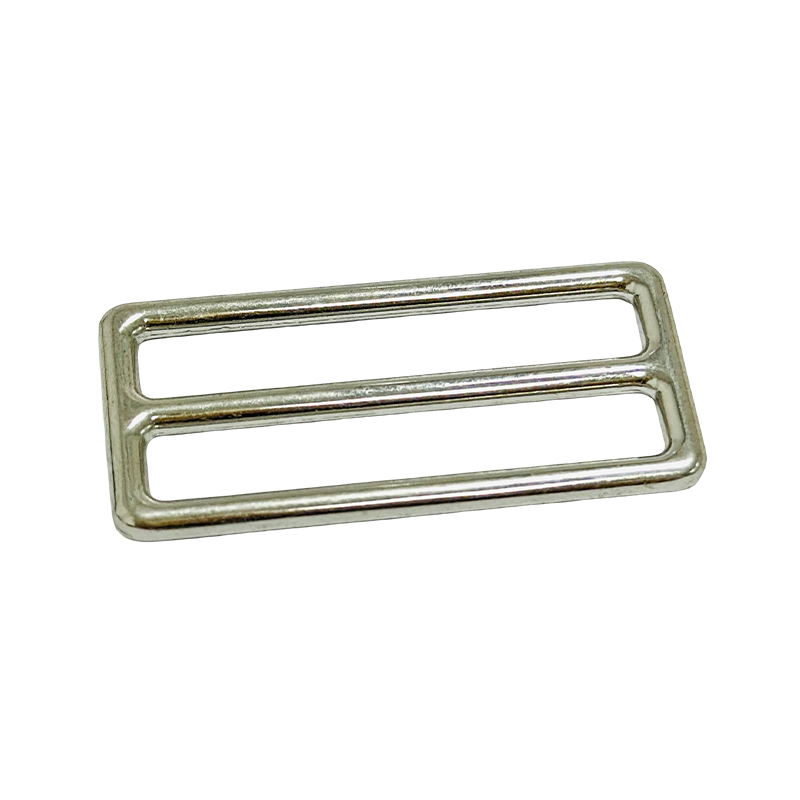Can alloy handles easily handle the frequent opening and closing of heavy items in kitchen cabinets?
Release Time : 2025-11-05
In modern kitchens and homes, kitchen cabinets are not only the core storage solution but also frequently used interfaces. Dozens of daily openings and closings, and the support of heavy items such as pots, pans, and food, place stringent demands on the strength, durability, and structural stability of the handles. Traditional plastic or thin-walled metal handles are prone to loosening, deformation, and even breakage after prolonged use. However, alloy handles, with their superior mechanical properties and precision manufacturing process, are becoming the ideal solution for scenarios involving frequent opening and closing and heavy-duty use.
1. High-strength Alloy Material: Laying the Foundation for Durability
Alloy handles are typically die-cast from zinc alloy, aluminum alloy, or copper alloy. Zinc alloy, due to its good fluidity, high strength, and strong wear resistance, is widely used in mid-to-high-end kitchen cabinet hardware. This is far superior to engineering plastics and ordinary thin steel plates. This means that even under prolonged tensile force of 5-10 kg, the handle itself will not undergo plastic deformation or breakage. Meanwhile, the alloy material possesses excellent fatigue resistance, maintaining structural integrity even after tens of thousands of opening and closing cycles, truly achieving "like new for ten years."
2. Integrated Die-Casting Process: Eliminating Structural Weak Points
High-quality alloy handles utilize high-precision die casting and CNC machining processes to achieve integrated molding of the handle body and mounting base, avoiding stress concentration points caused by welding, riveting, or screw splicing. This integrated structure not only boasts a clean and streamlined appearance but also evenly distributes tensile force across the entire handle-cabinet connection area, significantly improving torsional and shear resistance. In contrast, split handles are prone to loosening at the connection points under frequent pulling, producing abnormal noises or even detachment, while the integrated alloy handle fundamentally eliminates such potential hazards.
3. Enhanced Surface Treatment: Balancing Aesthetics and Protection
The surface of alloy handles typically undergoes multiple treatments: first, polishing or sandblasting, followed by electroplating with nickel, chromium, gunmetal, or spraying with a wear-resistant coating. This not only gives it a metallic texture and a high-end visual effect, but also forms a dense protective layer, effectively resisting the corrosion of moisture, grease, and cleaning agents in the kitchen environment. Even with prolonged contact with hand sweat or acidic/alkaline substances, it will not rust, fade, or peel off, ensuring it remains pristine even in the high-humidity, high-oil kitchen environment.
4. Ergonomic Design: Optimized User Experience and Force Distribution
Excellent alloy handles are not only "durable" but also "easy to use." Their curvature, thickness, and grip area are ergonomically optimized, increasing the contact area with fingers and reducing localized pressure, making it effortless and comfortable to pull out a fully loaded drawer even with one hand. Some high-end products also feature concave or anti-slip textured designs to further enhance grip stability, preventing impact from sudden pulls caused by slipping hands, and indirectly extending the life of hinges and slides.
5. Real-world Application Verification: Withstands Commercial-Grade Testing
In high-frequency commercial scenarios such as hotel kitchens, laboratory storage cabinets, and hospital medicine cabinets, alloy handles have long been standard equipment. These locations experience over a hundred openings and closings daily, and often require the movement of heavy equipment or reagents, placing reliability requirements on hardware far exceeding household standards. The long-term stable performance of alloy handles in such harsh environments fully demonstrates their ability to easily handle the dual challenges of frequent opening and closing combined with heavy loads in a home kitchen.
Alloy handles are not merely decorative accessories, but key supports for the functionality and quality of kitchen cabinets. With high-strength materials as their framework, precision craftsmanship as their reinforcement, and human-centered design as their essence, they silently safeguard the smoothness and peace of mind of home life through daily pulling and bearing of weight. Choosing a high-quality alloy handle is not only an enhancement to the aesthetics of your cabinets, but also a rational investment in long-term user experience and durability. In the pursuit of modern home design principles of "less maintenance, longer lifespan, and higher quality," alloy handles are undoubtedly a wise choice that withstands the test of time and heavy loads.
1. High-strength Alloy Material: Laying the Foundation for Durability
Alloy handles are typically die-cast from zinc alloy, aluminum alloy, or copper alloy. Zinc alloy, due to its good fluidity, high strength, and strong wear resistance, is widely used in mid-to-high-end kitchen cabinet hardware. This is far superior to engineering plastics and ordinary thin steel plates. This means that even under prolonged tensile force of 5-10 kg, the handle itself will not undergo plastic deformation or breakage. Meanwhile, the alloy material possesses excellent fatigue resistance, maintaining structural integrity even after tens of thousands of opening and closing cycles, truly achieving "like new for ten years."
2. Integrated Die-Casting Process: Eliminating Structural Weak Points
High-quality alloy handles utilize high-precision die casting and CNC machining processes to achieve integrated molding of the handle body and mounting base, avoiding stress concentration points caused by welding, riveting, or screw splicing. This integrated structure not only boasts a clean and streamlined appearance but also evenly distributes tensile force across the entire handle-cabinet connection area, significantly improving torsional and shear resistance. In contrast, split handles are prone to loosening at the connection points under frequent pulling, producing abnormal noises or even detachment, while the integrated alloy handle fundamentally eliminates such potential hazards.
3. Enhanced Surface Treatment: Balancing Aesthetics and Protection
The surface of alloy handles typically undergoes multiple treatments: first, polishing or sandblasting, followed by electroplating with nickel, chromium, gunmetal, or spraying with a wear-resistant coating. This not only gives it a metallic texture and a high-end visual effect, but also forms a dense protective layer, effectively resisting the corrosion of moisture, grease, and cleaning agents in the kitchen environment. Even with prolonged contact with hand sweat or acidic/alkaline substances, it will not rust, fade, or peel off, ensuring it remains pristine even in the high-humidity, high-oil kitchen environment.
4. Ergonomic Design: Optimized User Experience and Force Distribution
Excellent alloy handles are not only "durable" but also "easy to use." Their curvature, thickness, and grip area are ergonomically optimized, increasing the contact area with fingers and reducing localized pressure, making it effortless and comfortable to pull out a fully loaded drawer even with one hand. Some high-end products also feature concave or anti-slip textured designs to further enhance grip stability, preventing impact from sudden pulls caused by slipping hands, and indirectly extending the life of hinges and slides.
5. Real-world Application Verification: Withstands Commercial-Grade Testing
In high-frequency commercial scenarios such as hotel kitchens, laboratory storage cabinets, and hospital medicine cabinets, alloy handles have long been standard equipment. These locations experience over a hundred openings and closings daily, and often require the movement of heavy equipment or reagents, placing reliability requirements on hardware far exceeding household standards. The long-term stable performance of alloy handles in such harsh environments fully demonstrates their ability to easily handle the dual challenges of frequent opening and closing combined with heavy loads in a home kitchen.
Alloy handles are not merely decorative accessories, but key supports for the functionality and quality of kitchen cabinets. With high-strength materials as their framework, precision craftsmanship as their reinforcement, and human-centered design as their essence, they silently safeguard the smoothness and peace of mind of home life through daily pulling and bearing of weight. Choosing a high-quality alloy handle is not only an enhancement to the aesthetics of your cabinets, but also a rational investment in long-term user experience and durability. In the pursuit of modern home design principles of "less maintenance, longer lifespan, and higher quality," alloy handles are undoubtedly a wise choice that withstands the test of time and heavy loads.







